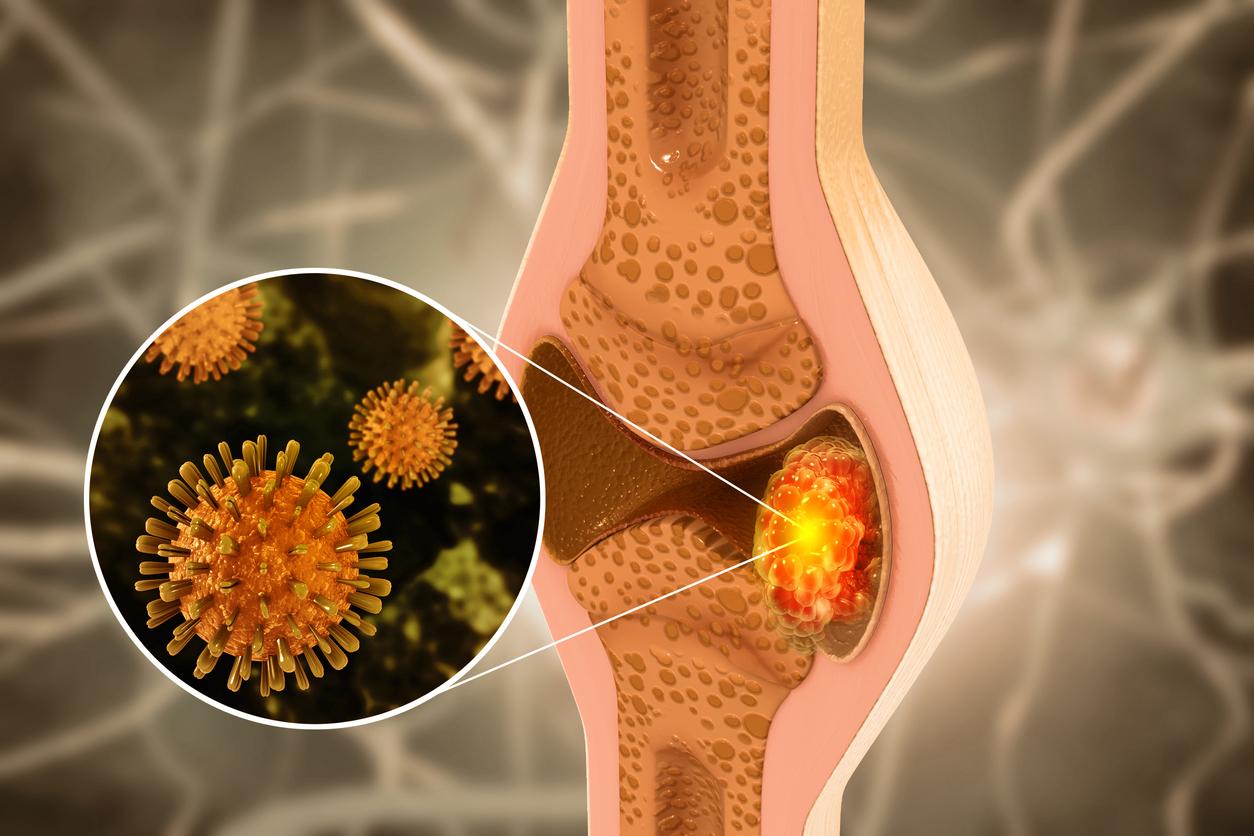The symptoms of primary bone cancer may not be apparent or may seem benign at the start of the disease; however, knowing them allows you to consult, detect and initiate appropriate treatment as quickly as possible.

- Primary bone cancer may be asymptomatic at the start of the disease.
- Knowing how to spot certain signs can lead to early diagnosis and faster treatment.
- In 80% of cases, surgical intervention is necessary.
In France, there are around 1,000 new cases of primary bone cancer each year, according to the League against cancerincluding 70% in people under 18 years old.
Detecting symptoms to detect primary bone cancer
Primary bone cancer represents 0.5 to 1% of cancers. The most common form isosteosarcoma. It is a rare and aggressive malignant tumor, which generally affects the long bones: the knee, femur, tibia or shoulder. Osteosarcoma represents 30% of cases of primary bone cancer in adults. There are more than 200 new cases of osteosarcoma in France each year.
Ewing sarcoma, a rare malignant tumor developing from cells of the mesenchymeand chondrosarcoma, a malignant tumor of the cartilages, are the other two forms of primary bone cancer.
As with many malignant tumors, screening for bone tumors is fundamental. But to seek medical advice, it is necessary to identify the symptoms of this disease.
Initially, people with primary bone cancer are likely to experience no or nonspecific symptoms. They appear later, as the tumor grows and the disease worsens.
According to the Canadian Cancer Societythere are four main symptoms of primary bone cancer:
- permanent bone or joint pain that is more severe during physical exertion, one of the telltale signs is that it may be more present in the evening ;
- swelling or a palpable mass on a bone;
- difficulty moving or using a limb; some patients may limp;
- bone fractures: Bones break more easily because they are weakened by the tumor.
4 other symptoms not specific to bone cancer
Then, we can note four other rarer and less specific symptoms that could be warning signs:
- fatigue;
- sweating;
- fever;
- weight loss.
If you notice several of these eight symptoms, consult your doctor who will perform the necessary tests for a diagnosis.
80% of bone cancer treatment involves surgery, whether in children, adolescents or adults. The goal is to remove the tumor. Patients may receive chemotherapy before or after surgery.

















